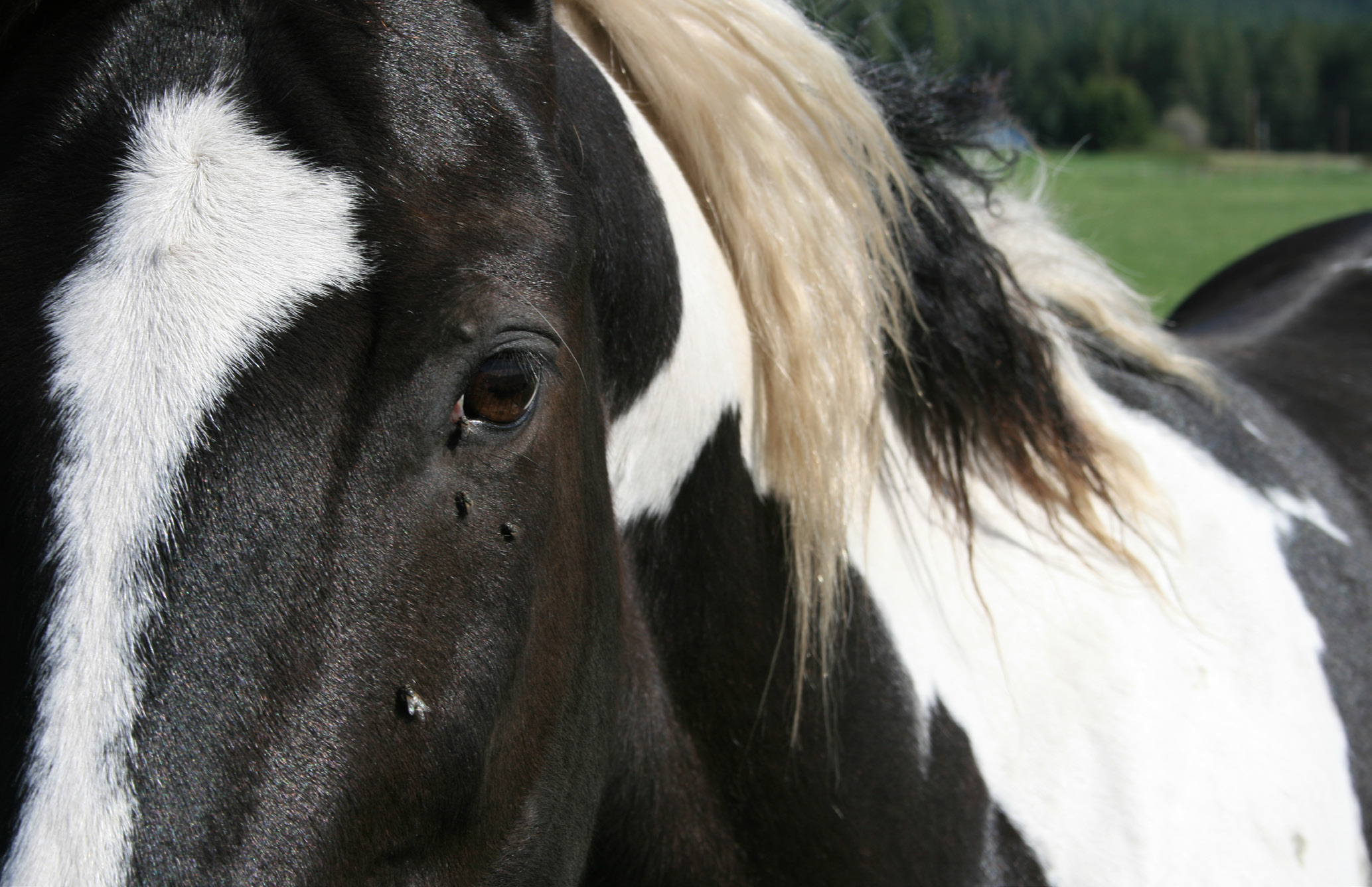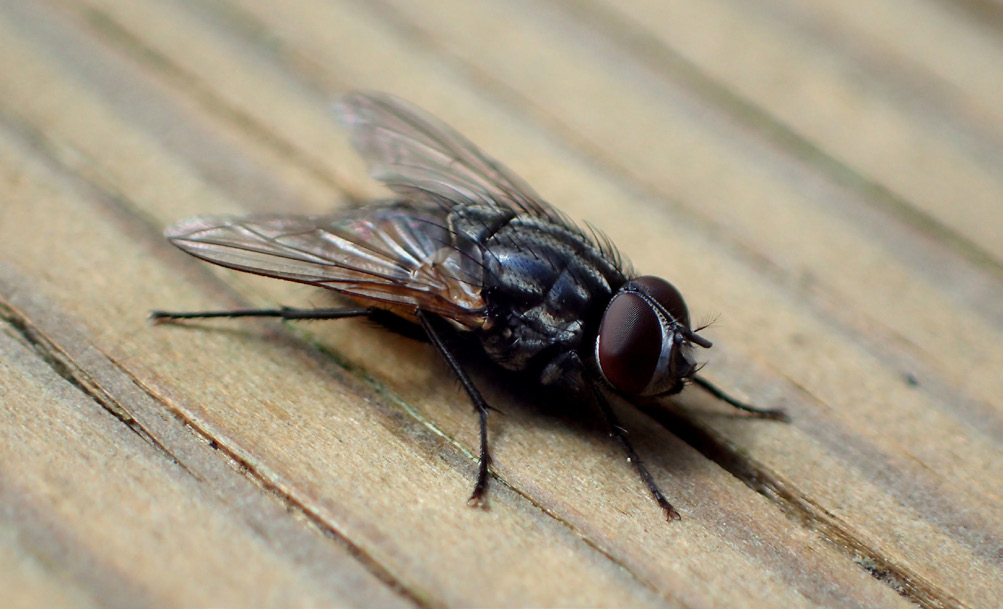Fly Control Management for Livestock
Fly control in livestock has been a hot topic in the last few years due to potential resistance to conventional fly tags and the introduction of garlic as a feed ingredient to mitigate flies. Fly control management is important to minimize the spread of disease and the negative impacts on production. Several methods can be used to aid in fly control, including dust bags, pour-ons, injectables, fly tags, back rubbers, feed ingredients such as insect growth regulators (IGR) and garlic, and insecticide strips placed on mineral feeders or ear tags. Each fly control method has advantages and disadvantages which should be considered when making management decisions.
Three main fly species affect livestock: stable fly, horn fly, and face fly. Horn flies can have detrimental effects on cow and calf production. Horn fly eggs are laid in the manure, will hatch within a week, and have a 10-to-20-day lifespan. Horn flies are typically located on the back, shoulders, and sides and then will move to the belly during the heat of the day. Horn flies are a detriment because they are blood-sucking, which causes extreme discomfort to livestock. The economic threshold for providing fly control when horn flies are present is when levels reach more than 200 flies per animal. Economic loss in the U.S. to horn flies is approximately $1 billion.
Face flies are located around the eyes, mouth, and muzzle and feed off the secretions. Face flies lay eggs in manure and have a life cycle of approximately 21 days. The main issue with face flies is that they can transmit pinkeye throughout the herd. Face flies are typically found on cattle in shady areas and near waterways. Between 12 and 14 face flies can reduce the grazing time of the cow by up to an hour.
Stable flies are mainly located on the front legs and are most common in feedlots and dairies. Larvae are located in decaying organic matter, such as wet hay, or in winter feeding areas. Cattle will bunch up, stand in water, or stomp their feet to remove the flies, which disrupts grazing. Stable flies are also a blood-sucking species and can reduce production. The economic threshold for treatment is approximately five stable flies per leg.

Photo: Brenda Richey, MSU Extension
Dust bags and back rubbers (oilers) are good fly control methods, but cattle must be forced to use them. Placing them near mineral tubs or water tanks can aid in this. Sprays and pour-ons are another effective method to control flies, but they must be reapplied every seven to 21 days, depending on the product. Oral products are also an effective method of fly control; however, intake should be consistent to maintain control. Effectiveness is difficult to measure if neighbors are not providing fly control. Flies can travel between ranches, and this may minimize fly control management.
When considering fly control management options, make sure to read product labels
carefully. Some insecticides are only labeled for certain fly species. The only form
of stable fly control is in the spray form, which is not always economical if cattle
need to be treated every seven to
21 days.
In addition to the tools listed, fly tags can be an effective method of fly control. There are three main active ingredients for fly tags: pyrethroids, organophosphates, and avermectins. However, there has been evidence that horn flies may be becoming resistant to pyrethroids. It is generally recommended that the active ingredient of the fly tag should be alternated every year to aid in minimizing resistance. Fly tags should be applied as late as possible (June 1 or later) to aid in fly control throughout the summer months. Tags should be applied to cows and weaned calves. Tagging the cow usually provides sufficient fly control for the calf. There are numerous brands and tags on the market; take care to read the label to determine the length of fly control and the active ingredient. Fly tags also come in a wide range of costs; determining the best and most economical tag for your operation is key to fly control management.

Face fly (Musca autumnalis)

Face flies massed on the face of a dairy cow.
Photos: Whitney Cranshaw, Colorado State University, Bugwood.org
Providing garlic to cattle as a method of fly control has been a popular discussion for the past three to five years. However, minimal research has been conducted on the use of garlic as a fly control option. One study in Canada did observe some positive impacts from feeding garlic and reducing defensive behaviors and fly abundance in cattle (Durunna and Lardner, 2021). Therefore, there is optimismthis could be an alternative to conventional methods and aid in reducing insecticide resistance. However, more research must be conducted to determine garlic’s potential as a fly control method.
Several fly control methods are available, but advantages and disadvantages should be considered when making management decisions. Additionally, the economics and feasibility of use should also be considered. Small and large-scale operations may require different management tools. Feedlots and pasture operations may also need different fly management tools. There is no one-size-fits-all approach to fly control, and in some instances, multiple tools may need to be used.
Megan Van Emon is an MSU Extension Beef Cattle Specialist and an Associate Professor in Animal and Range Sciences.
